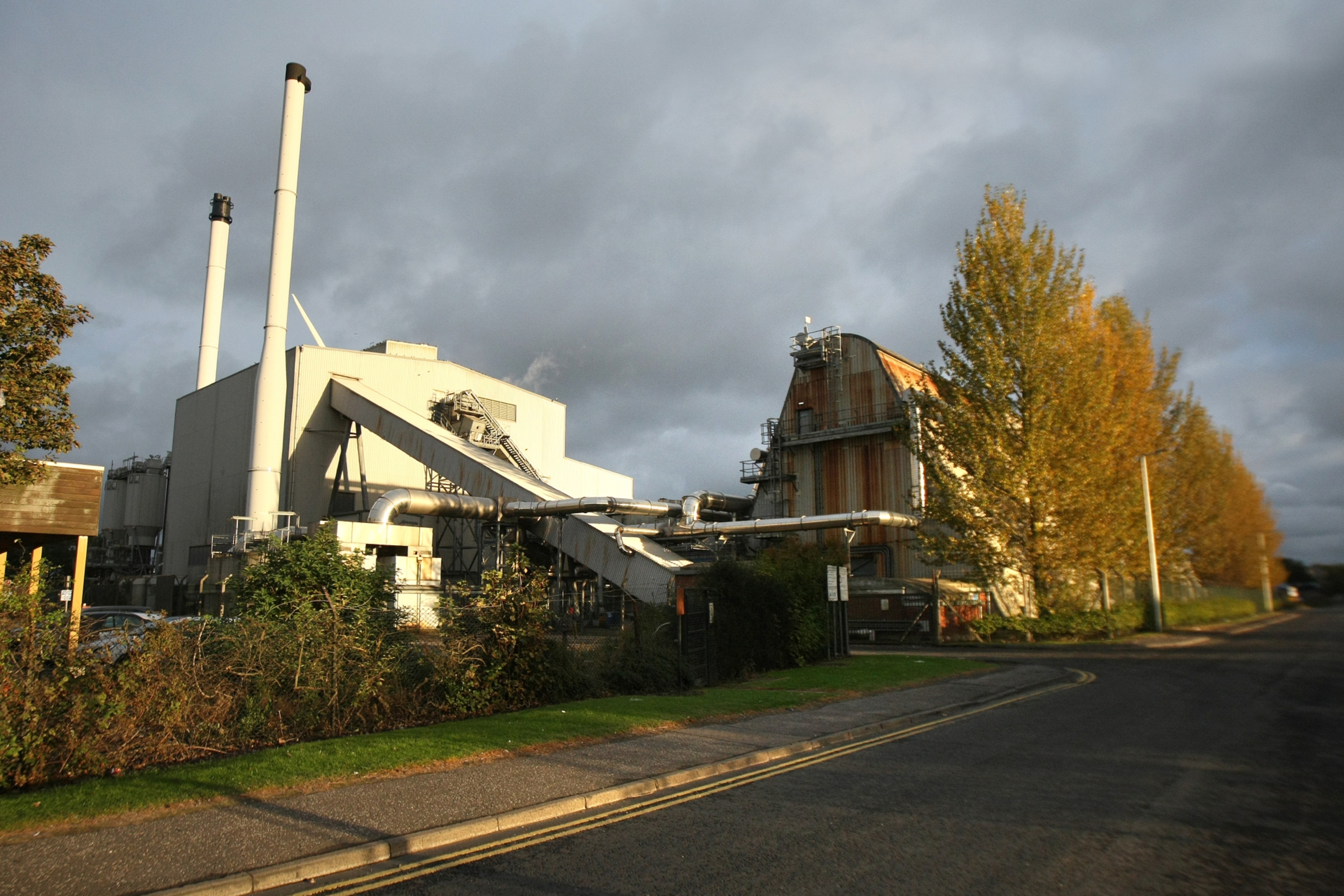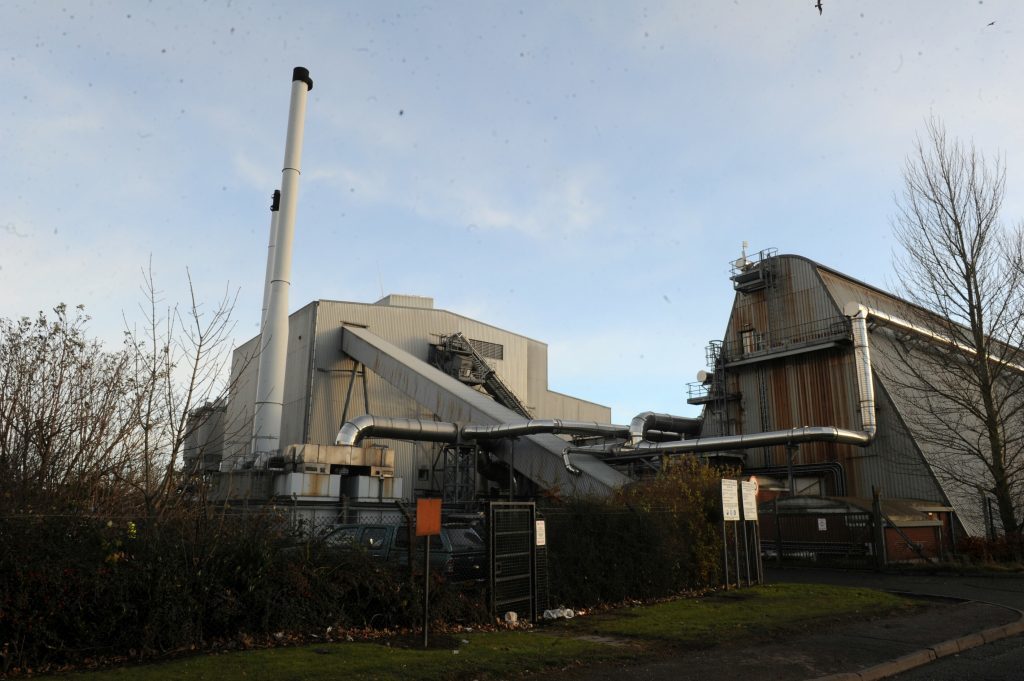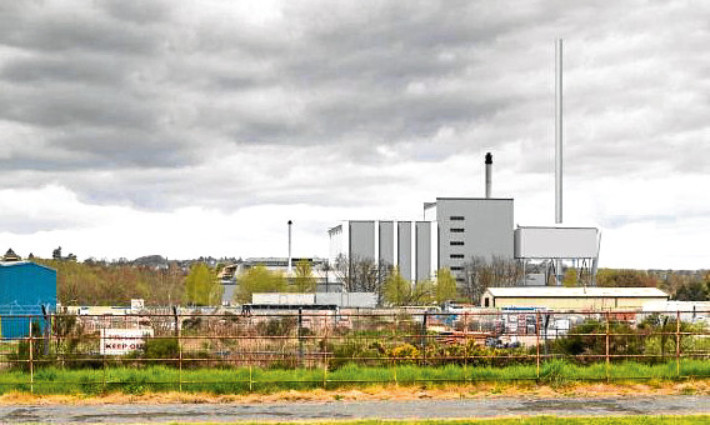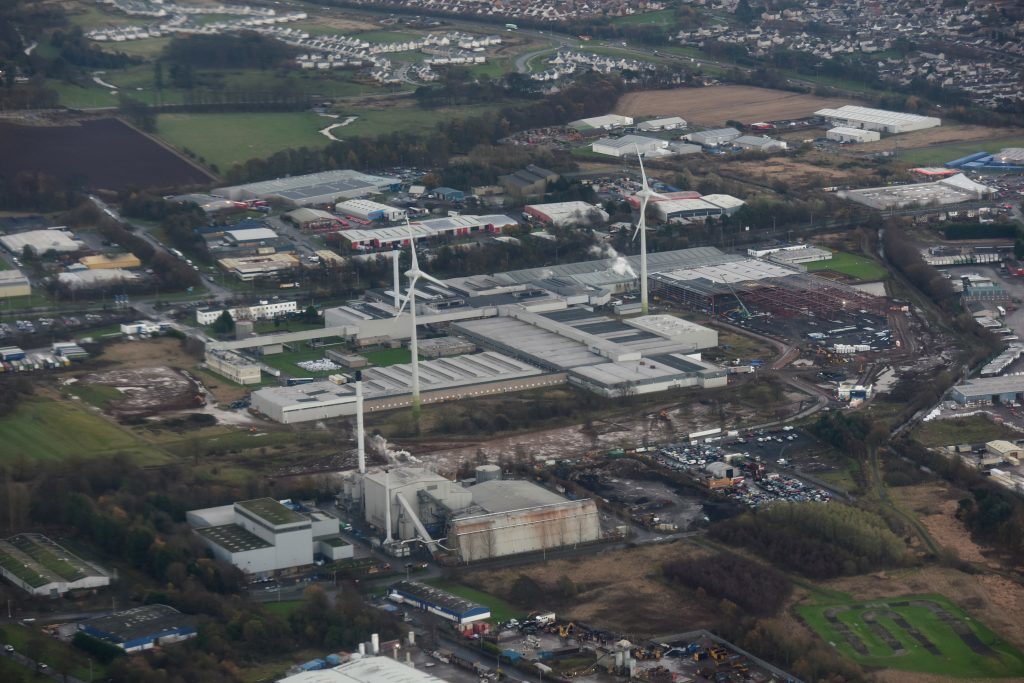Researchers say they have found no link between exposure to emissions from the Baldovie incinerator and infant deaths or reduced fetal growth.
The study did conclude, however, that living closer to an incinerator such as Baldovie, on the outskirts of Dundee, in itself may “slightly increase” risks associated with congenital heart defects and genital anomalies, compared to the general population.
But whether this is directly related to the incinerator or not is “inconclusive”.
The analysis looked at the risk of congenital anomalies in babies born to mothers living within 10km of 10 energy from waste plants (MWIs) in Scotland and England operating between 2003 and 2010.
The study, led by a team at Imperial College London and funded by Public Health England and the Scottish Government, addressed the question of any health impacts of emissions in newborn children.
The team used health data which included 219,486 births, stillbirths and terminations of pregnancy for fetal anomaly of which 5,154 were cases of congenital anomalies.
Professor Paul Elliott, director of the UK Small Area Health Statistics Unit (SAHSU) at Imperial College, said: “Based on the available data, our findings showing that there is no significant increased risk of infant death, stillbirth, preterm birth or effects on birth weight from municipal waste incinerators are reassuring.
“The findings on birth defects are inconclusive, but our study design means we cannot rule out that living closer to an incinerator in itself may slightly increase the risk of some specific defects – although the reasons for this are unclear.”
Facilities at Chineham, Dundee, Eascroft, Isle of Wight, Marchwood, Grimsby, Porthmellon, Portsmouth, Sheffield and Stockton-on-Tees were used in the research.
Researchers analysed concentrations of fine particles called PM10 (particulate matter measuring 10 micrometres or less in diameter) emitted from the chimneys of the incinerators as waste is burned.
Professor Mireille Toledano, chairwoman in perinatal and paediatric environmental epidemiology at Imperial College, said: “In these studies we found a small increase in risk for children living within 10km of an MWI being born with a heart defect, or a genital anomaly affecting boys, but did not find an association with the very low levels of particulates emitted.
“This increase with proximity to an incinerator may not be related directly to emissions from the MWIs.
“It is important to consider other potential factors such as the increased pollution from industrial traffic in the areas around MWIs or the specific population mix that lives in those areas.”
The Baldovie incinerator, which has processed waste since 1994, is currently in the process of being replaced by a new £100 million plant being built by energy company MVV, in partnership with Dundee City and Angus councils.
Paul Carey, managing director of MVV, said: “We are aware of the study and this pre-dates our involvement in the plant which we took responsibility for in November 2017.
“Since then we have invested in the facility and emissions control systems have been improved and we continue to operate and maintain the facility to the highest of standards and to the very strict emissions levels set by SEPA.”
The new facility, which is due to begin operations in late 2020, will process around 110,000 tonnes of waste a year.













